Do you love plants and nature? Here are the must-visit botanical gardens in Germany:
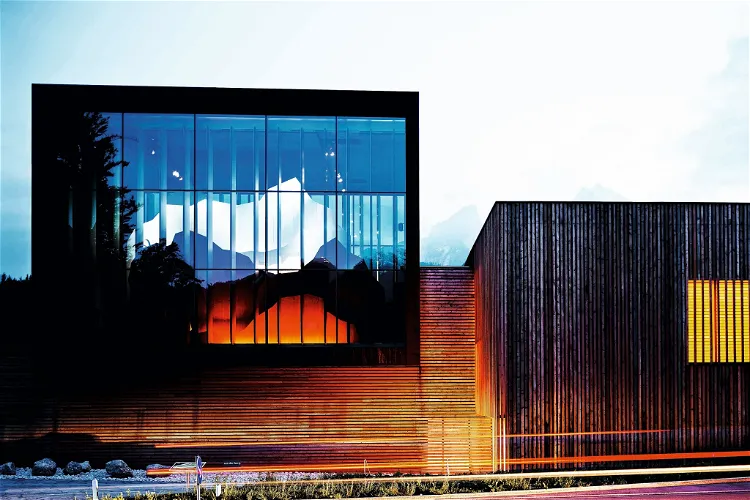
Haus der Berge - Nationalparkzentrum Berchtesgaden
BerchtesgadenThe Haus der Berge in Berchtesgaden serves as the central information and education center of the Berchtesgaden National Park. It provides visitors with comprehensive information about the park and its diverse ecosystems. The center also offers educational programs aimed at promoting understanding and appreciation of the natural environment.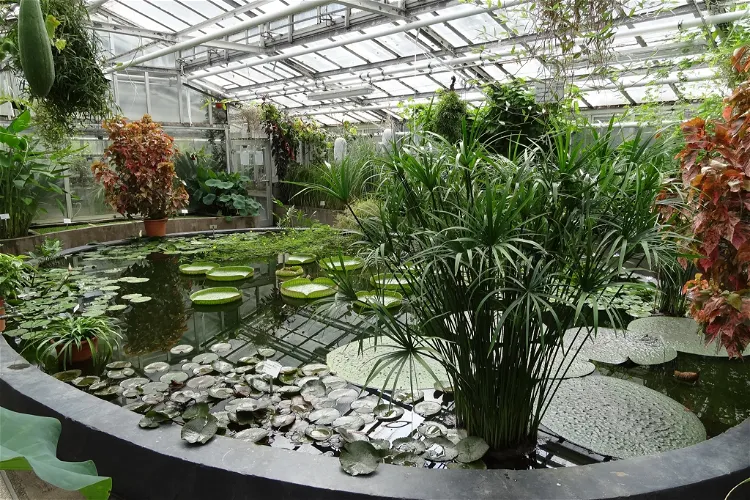
Botanischer Garten Gießen
GießenThe Botanischer Garten Gießen, also known as the Botanischer Garten der Justus-Liebig-Universität Gießen, is a historic botanical garden in Giessen, Germany. Spanning an area of 4 hectares, it is managed by the University of Giessen. This garden is the oldest botanical garden that still remains on its original foundation ground, making it a significant site for both history and botany enthusiasts.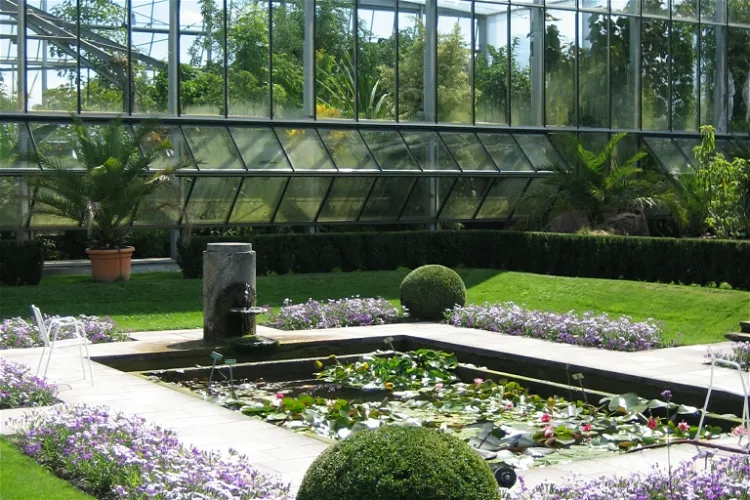
Botanical Garden Augsburg
AugsburgThe Botanische Garten Augsburg is home to an impressive variety of plant species. It hosts over a million species of Alliaceae, a family of plants that includes onions, garlic, and leeks, among others. In addition, the garden features about 3100 species and varieties of different plants. This diversity makes the garden a fascinating place for botany enthusiasts and casual visitors alike.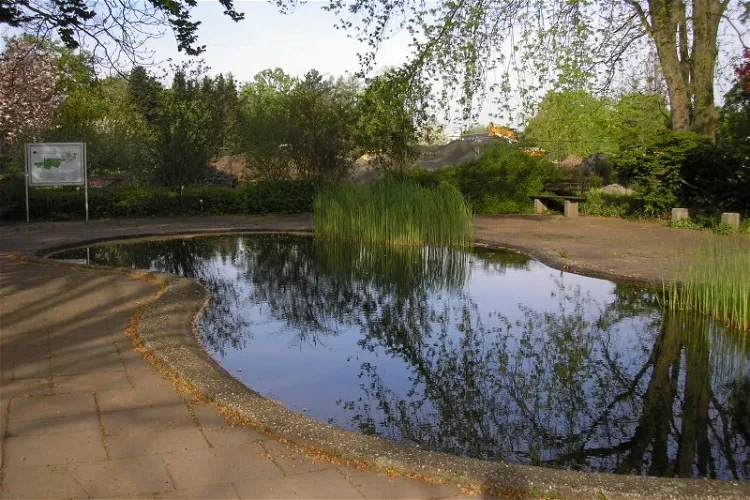
Botanical Garden of Johannes Gutenberg University
MainzThe Botanical Garden of Johannes Gutenberg University in Mainz is home to about 8500 plant species from almost all regions of the world. These plants can be found both in the open air and in the greenhouses. This wide variety of plant species makes the garden a fascinating place for plant enthusiasts and those interested in biodiversity.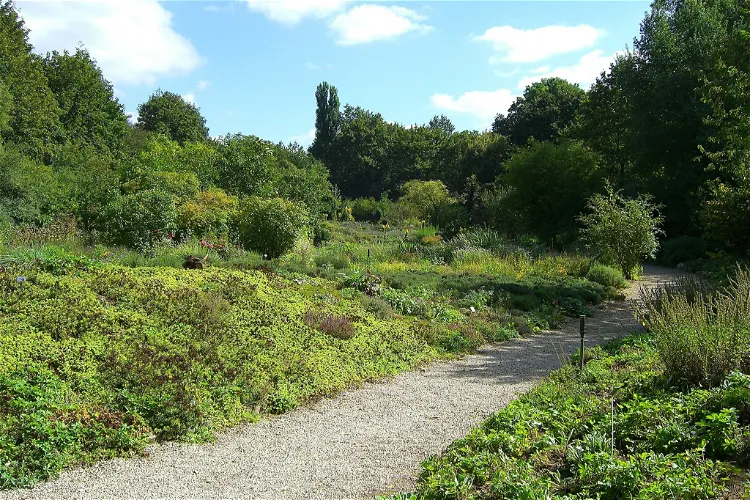
Aromatic Garden
ErlangenOpened in 1981, the Aromagarten Erlangen was the first garden of its kind in the world. It covers an impressive area of 8,900 m² and houses about 120 native and foreign aromatic plants. These plants are used for medicinal purposes, as spices, and in cosmetic preparations. The garden offers a unique opportunity to learn about these plants and their uses.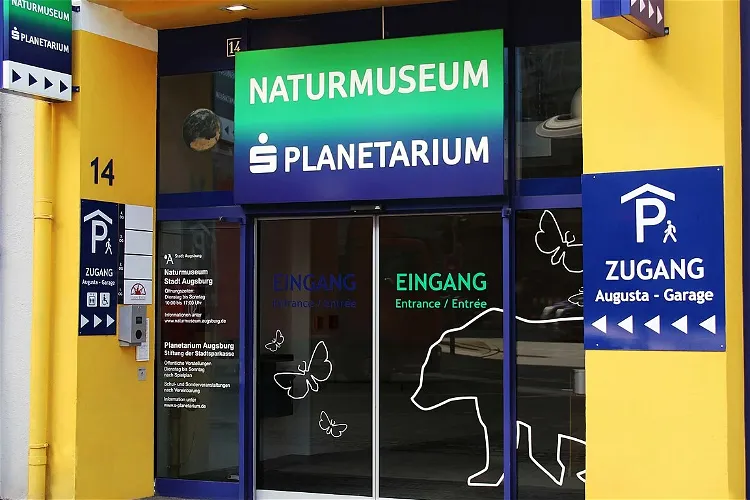
S-Planetarium and Nature Museum
AugsburgThe Naturmuseum Augsburg, located in the "Augusta Arcaden" in the northern old town, is operated by the city of Augsburg. This location is easily accessible and is situated in a historical part of the city, making it a convenient and interesting destination for tourists.
Roemer-und-Pelizaeus-Museum
HildesheimThe Roemer and Pelizaeus Museum, located in Hildesheim, Germany, is a renowned institution dedicated to art and archaeology. The museum is named in honor of Hermann Roemer and Wilhelm Pelizaeus, two significant figures in its establishment and development.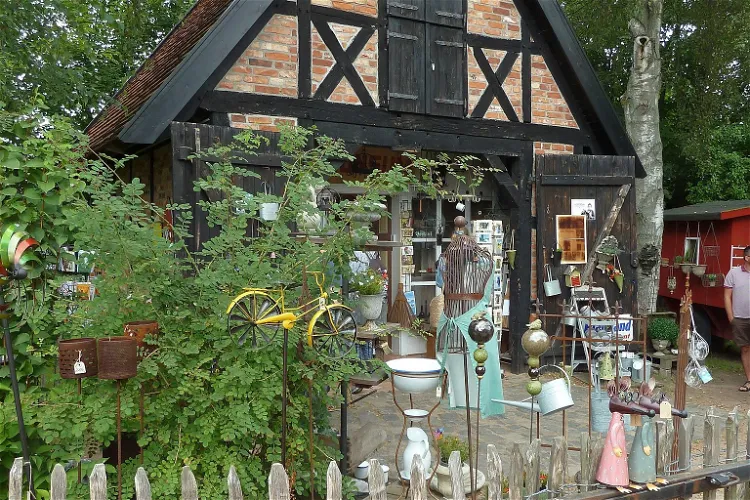
Freilichtmuseum Klockenhagen
Ribnitz-DamgartenThe Freilichtmuseum Klockenhagen is open to visitors from April 1 to October 31. During this period, the museum hosts a variety of events including plant tours, sheep shearing, book readings, and craftsman days. Additionally, a special exhibition is regularly displayed during the summer season, providing a unique experience for visitors.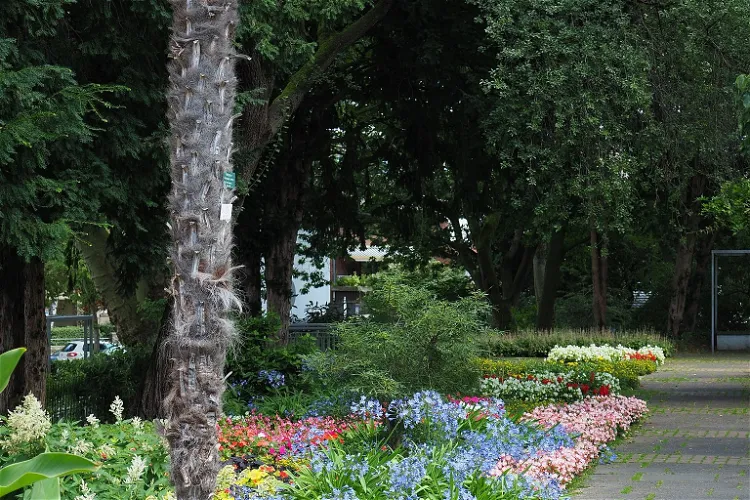
Botanischer Garten der Stadt Neuss
NeussThe Botanischer Garten der Stadt Neuss is a botanical garden nestled in the Dreikönigenviertel of Neuss. It is situated between Körnerstraße and Bergheimer Straße, spanning an area of approximately 1 hectare. This garden offers a serene environment for visitors to explore and appreciate the beauty of nature.
Botanischer Garten Chemnitz
ChemnitzThe Botanischer Garten Chemnitz, situated approximately 3 km northwest of the city center of Chemnitz, is a 12-hectare garden that primarily showcases Central European plant families and useful plants from around the globe. This vast area provides a unique opportunity for visitors to explore and learn about a wide variety of plant species in one location.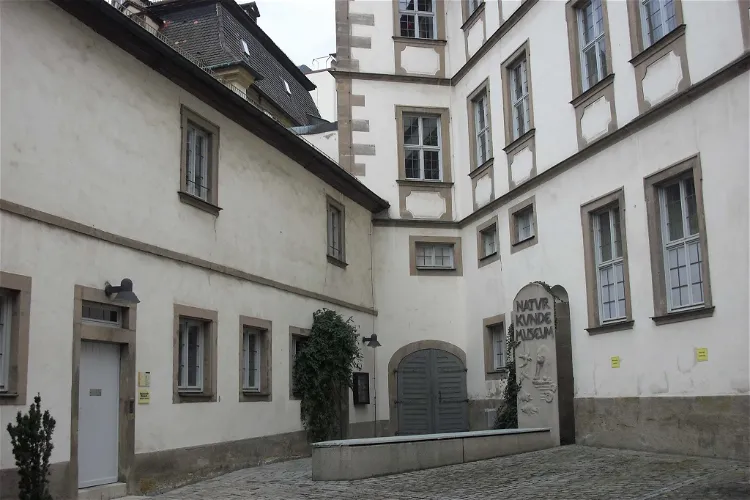
Natural History Museum
BambergThe Natural History Museum in Bamberg, Germany, is a historic institution that dates back to 1791. It was established by Prince-Bishop Franz Ludwig von Erthal and is housed in the historic rooms of the Jesuit College in the island city. This location adds a unique charm to the museum, making it a fascinating destination for tourists interested in natural history and historic architecture.
Westphalian Museum of Natural History
MünsterThe LWL-Museum für Naturkunde, also known as the Westphalian Museum of Natural History, is a state museum located in Münster. It is under the sponsorship of the Landscape Association of Westphalia-Lippe (LWL). The museum is a significant cultural and educational institution in the region, offering a wide range of exhibits and programs related to natural history.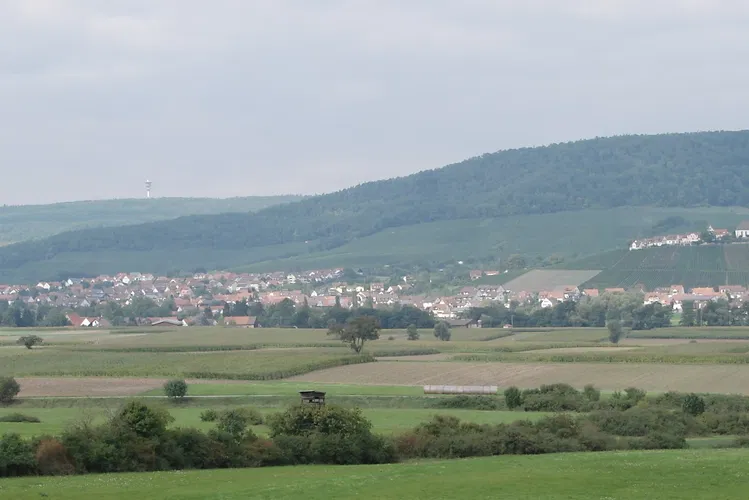
Stromberg-Heuchelberg Nature Park
LeonbronnThe Naturpark Stromberg-Heuchelberg is characterized by two prominent ridges, Stromberg and Heuchelberg. Geologically, it is part of the Keuperbergland. The southern slopes of the Stromberg are particularly suitable for viticulture, making it a potential point of interest for wine enthusiasts visiting the park.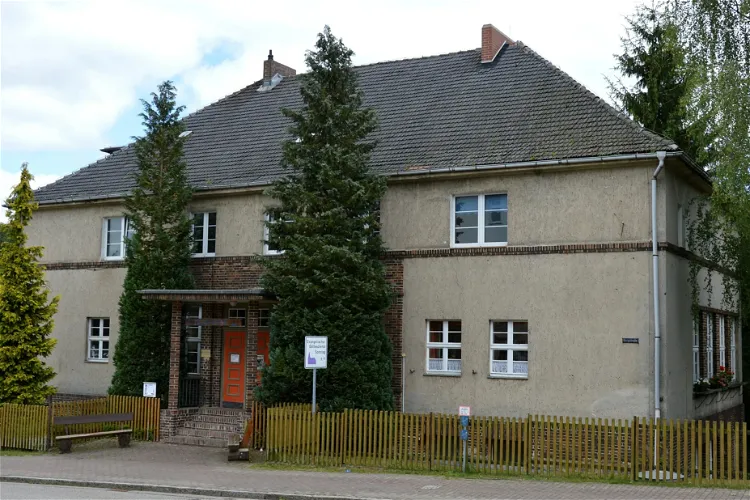
Erlebnishaus Alte Schule
HarzgerodeThe Erlebnishaus Alte Schule is a monument-protected school building situated in the town of Güntersberge, part of the city of Harzgerode in the Harz region of Saxony-Anhalt. This historic building is a significant part of the town's heritage and offers a unique insight into the region's past.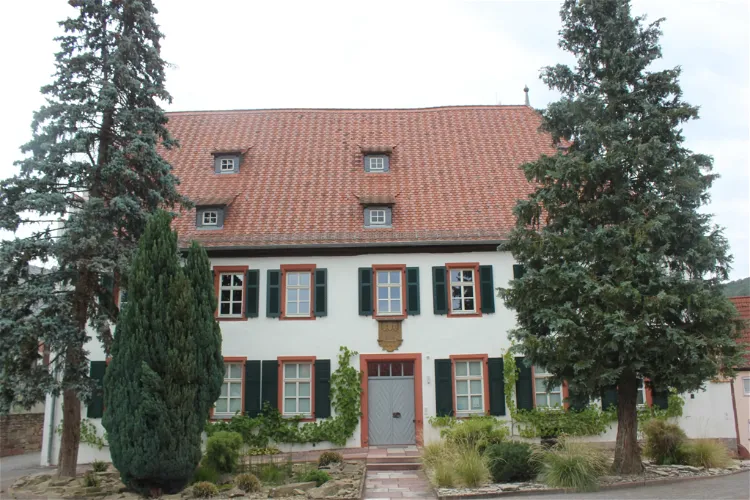
Museum Terra Triassica Euerdorf
EuerdorfThe Museum Terra Triassica in Euerdorf, Unterfranken, is a unique institution that offers a deep dive into the geological history of the Germanic Triassic of the Central European Basin. Visitors can explore the fascinating world of the Triassic period, which spanned from 252.5 to 201.5 million years ago, and learn about the various geological transformations that occurred during this time.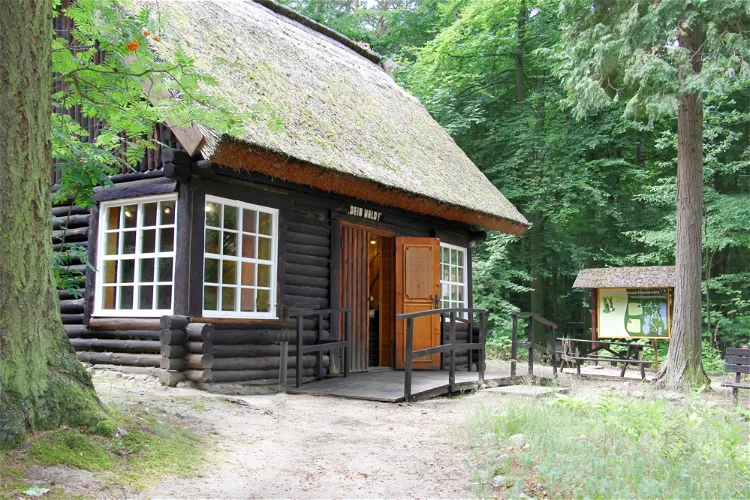
Waldmuseum Stendenitz
NeuruppinThe Waldmuseum Stendenitz, nestled in the town of Stendenitz in the northern part of Brandenburg, is one of the oldest forest museums in Germany. It is situated in the picturesque region of Ruppiner Schweiz, near Neuruppin on the Zermützelsee. This location offers visitors a unique opportunity to explore the rich history and natural beauty of the area.
Museum für Naturkunde und Vorgeschichte
DessauThe Museum für Naturkunde und Vorgeschichte, located in Dessau-Roßlau, is a city museum that was established in 1927. It is home to a wide range of collections, including those related to archaeology, paleontology, geology, botany, and zoology. These collections provide a comprehensive overview of the natural history and prehistory of the region.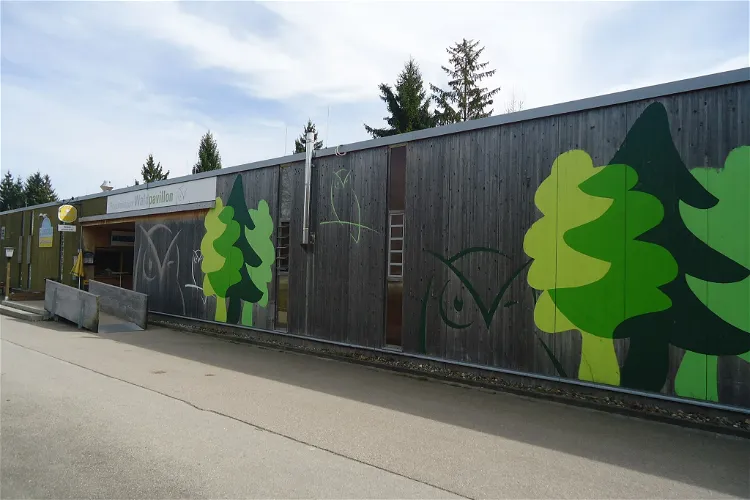
Forstmuseum Waldpavillon
AugsburgThe Forstmuseum Waldpavillon is a museum dedicated to the functions and tasks of the Augsburg city forest. It is operated by the city forestry administration of Augsburg and is situated in the Hochfeld district. The museum is easily accessible and is located near the parking lot of the Bezirkssportanlage Süd on Ilsungstraße, not far from the Siebentischanlagen and the Zoological Garden.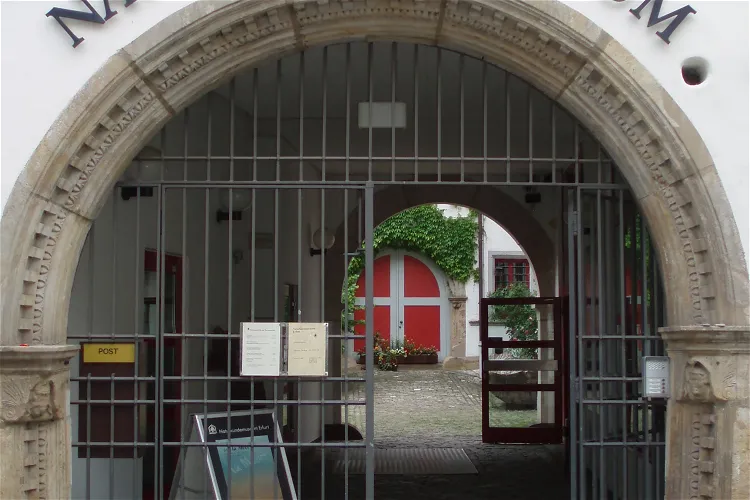
Natural History Museum of Erfurt
ErfurtThe Natural History Museum of Erfurt is conveniently located in the city center of Erfurt. It is housed in a building that was once a woad warehouse. This central location makes it easily accessible for tourists visiting the city. The building itself, a former warehouse, adds a unique historical charm to the museum experience.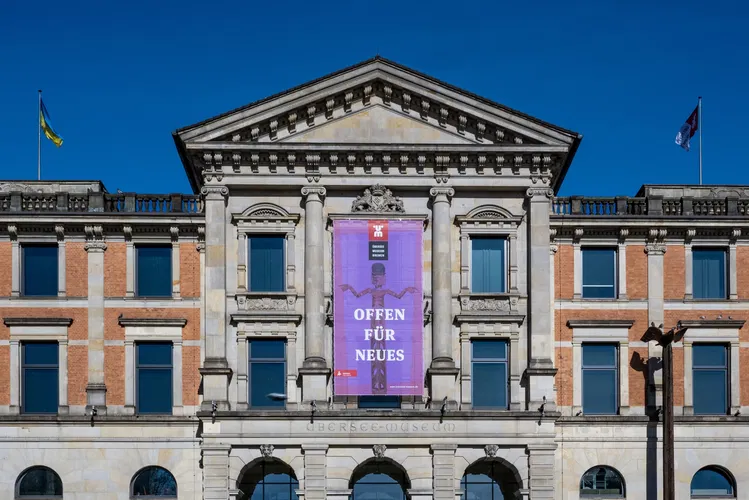
Übersee-Museum
BremenThe diversity of the world under one roof: the Übersee-Museum presents the cultural and natural regions of our planet on over 10,000 square meters. The visit takes you from Asia with its legendary Silk Road to the African savannah and the Americas. The exhibition “Experience what moves the world” de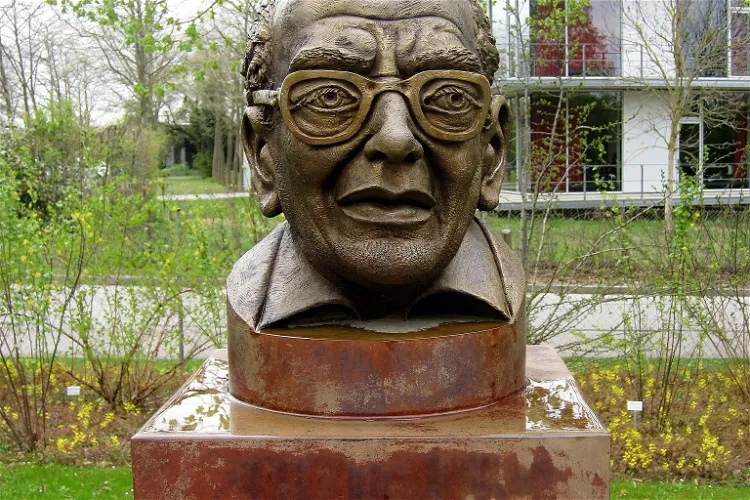
Sichtungsgarten Weihenstephan
FreisingThe Sichtungsgarten Weihenstephan is a botanical garden that spans over 7 hectares. It is dedicated to the exhibition and study of woody and shrubby plants. The garden is affiliated with the "Fachhochschule Weihenstephan", a university of applied sciences.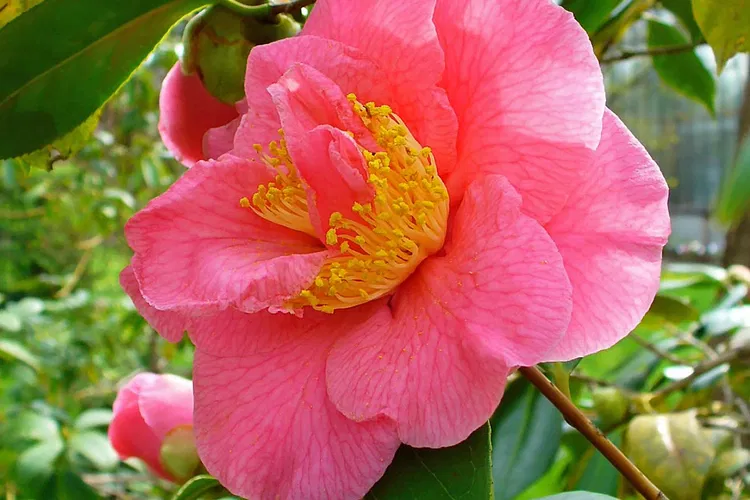
Botanischer Garten der Universität Karlsruhe
KarlsruheThe Botanical Garden of the Karlsruhe Institute of Technology (KIT) is not just a place of beauty, but also a hub for research and teaching. One of its core tasks is the preservation of endangered plant species. This makes it a unique destination for those interested in botany and conservation efforts.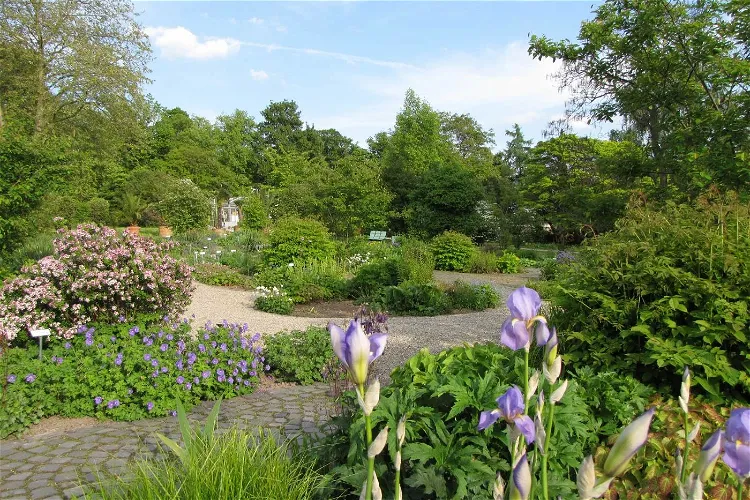
Botanischer Garten Kassel
KasselThe Botanischer Garten Kassel, also known as the Botanischer Garten der Stadt Kassel, is a botanical garden located in Kassel, Germany. It is managed by the city's municipal administration. The garden is a place where visitors can explore a variety of plant species and learn about their characteristics and importance in the ecosystem.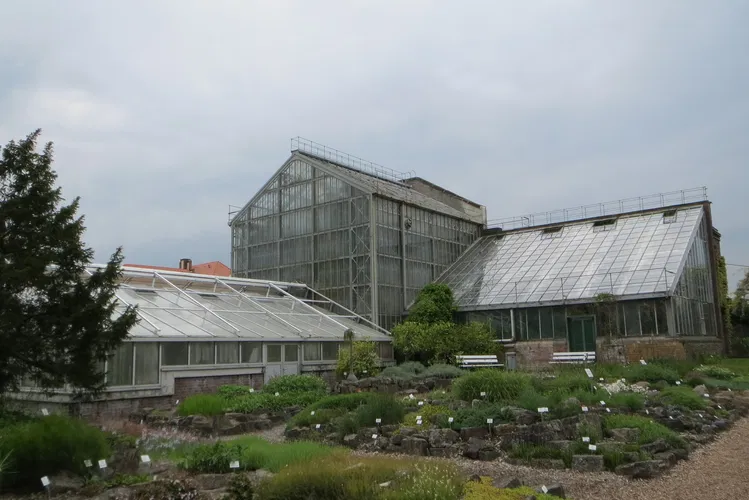
Greifswald Botanic Garden and Arboretum
GreifswaldThe Botanical Garden and the Arboretum Greifswald are both maintained by the University of Greifswald. The Botanical Garden is conveniently located to the west of the train station and the historic city center. On the other hand, the Arboretum is situated about two kilometers southeast of the Greifswald center, in close proximity to the Berthold-Beitz-Platz.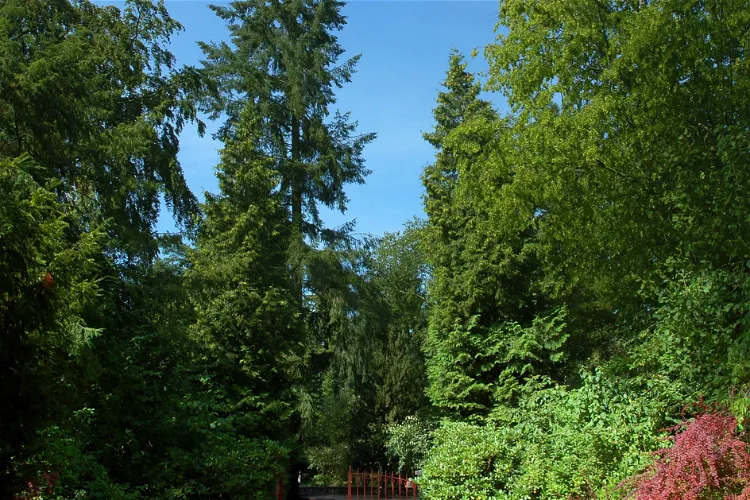
Forest Botanical Garden Eberswalde
EberswaldeThe Forstbotanischer Garten Eberswalde is a significant botanical garden and arboretum located in Eberswalde, Germany. Covering an area of 8 hectares, it offers a vast space for visitors to explore and appreciate the beauty of nature.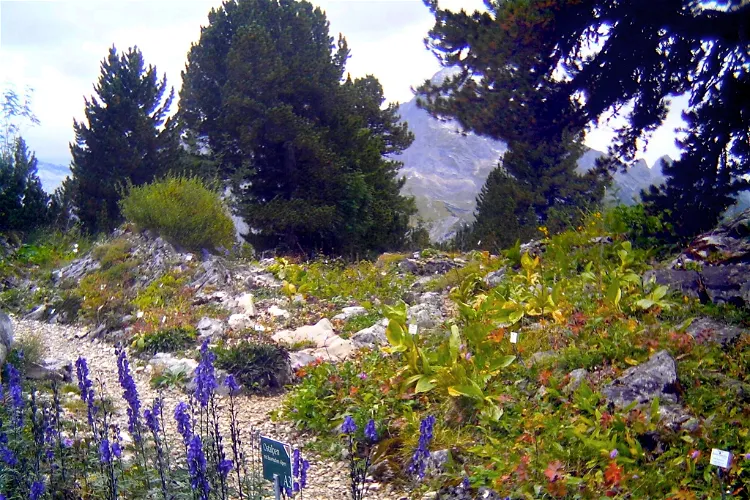
Alpinum
KielThe Alpinum in Kiel is a unique botanical garden that specializes in the collection and cultivation of plant species that naturally grow at high altitudes around the world. This includes regions such as the Caucasus, Pyrenees, Rockies, Alps, and even the Himalayas. This makes it a fascinating destination for those interested in botany, nature, or simply looking to experience a slice of high-altitude flora without the need for strenuous mountain climbing.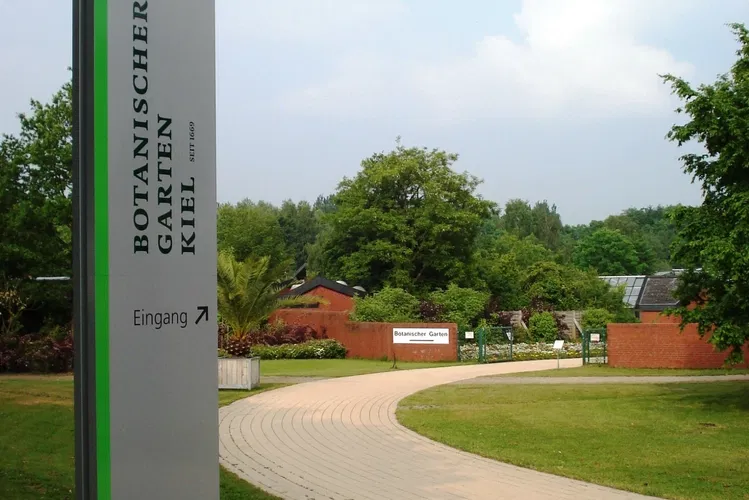
Botanischer Garten der Christian-Albrechts-Universität zu Kiel
KielThe Botanischer Garten der Christian-Albrechts-Universität zu Kiel, more informally known as the Botanischer Garten Kiel, is a botanical garden and arboretum that spans an impressive 8 hectares. It is managed by the University of Kiel, ensuring that the garden is maintained to a high standard and that the variety of plant species is constantly evolving and expanding.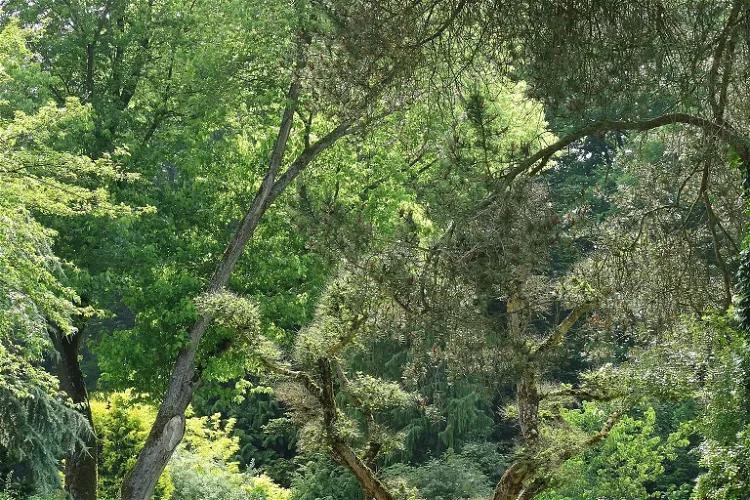
Hof Botanical Garden
HofThe Botanical Garden of the city of Hof is a municipal botanical garden that offers a unique experience to its visitors. It is divided into 32 different quarters, each representing a landscape replica from various continents. This allows visitors to experience a variety of natural environments without leaving the garden.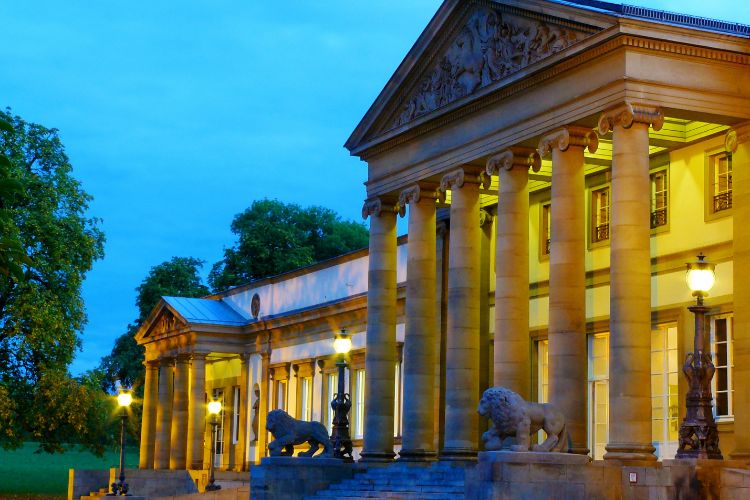
Stuttgart State Museum of Natural History
StuttgartThe State Museum of Natural History Stuttgart (SMNS) consists of two museums located in the Stuttgart Rosenstein Park, which combine exhibition and research activities. While the Museum Schloss Rosenstein is dedicated to biology, the focus of the Museum am Löwentor lies on paleontology and geology.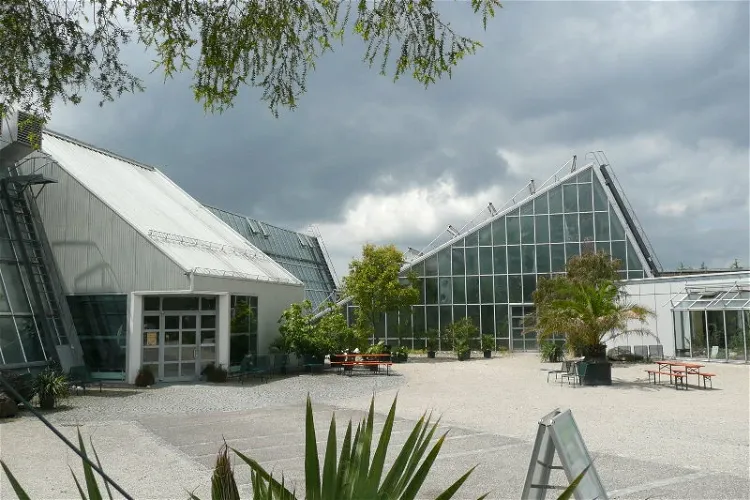
Ecological Botanical Garden
BayreuthThe Ecological Botanical Garden of Bayreuth, also known as Ökologisch-Botanischer Garten der Universität Bayreuth or ÖBG, is a large botanical garden spanning 16 hectares. It is affiliated with the University of Bayreuth, a renowned institution in Germany. The garden is located in the southern part of the city of Bayreuth and the University of Bayreuth.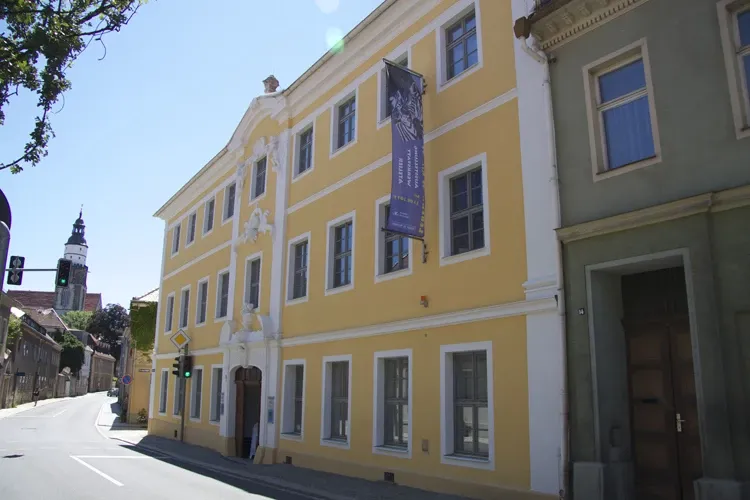
Elementarium
KamenzThe Museum der Westlausitz Kamenz is a regional landscape museum located in Kamenz. It offers a comprehensive exploration of the landscape, nature, history, and culture of the western Oberlausitz (Westlausitz). The museum's collections cover cultural history, archaeology, geology, zoology, and botany of the region, providing a rich and diverse experience for visitors.
Schauanlage und Museum der Granitindustrie
HaselbachtalThe museum offers a comprehensive view of the production process from extraction to processing and loading. Visitors can see a functional stone splitting machine, a cable crane system, various derrick cranes, and a large stone gang saw. These exhibits provide a hands-on understanding of the granite industry's operations.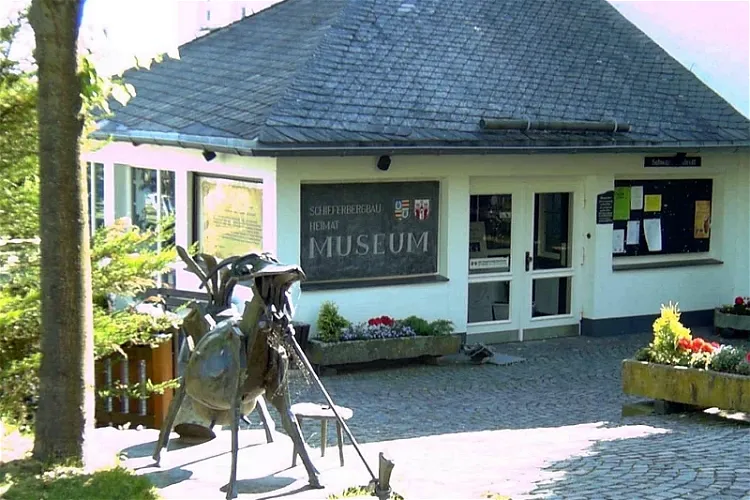
Schieferbergbau- und Heimatmuseum
SchmallenbergThe Westphalian Slate Mining and Local History Museum Holthausen is situated in the district of Holthausen in Schmallenberg, within the Hochsauerlandkreis region. This location offers visitors a chance to explore the rich history and culture of the area while enjoying the scenic beauty of the Hochsauerlandkreis.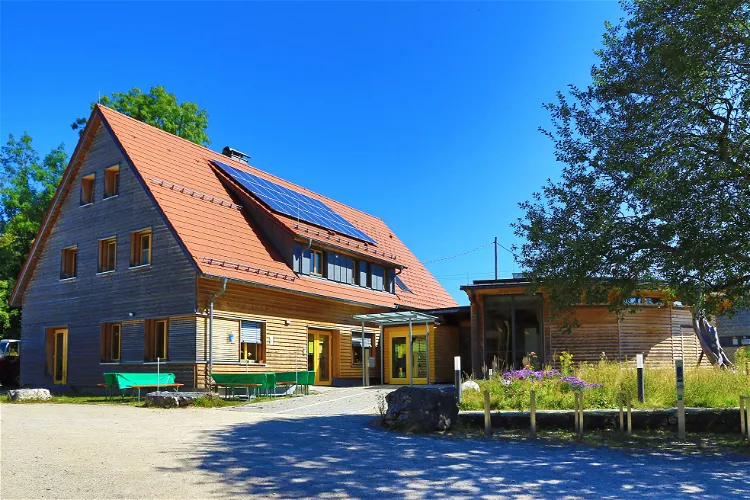
Naturschutzzentrum Schopflocher Alb
SchopflochThe Naturschutzzentrum Schopflocher Alb (NAZ) is a significant nature conservation center located in Baden-Württemberg. It was established in 1994 as a foundation under civil law. The center is one of seven public nature conservation centers in the region, making it a notable destination for those interested in nature conservation and environmental education.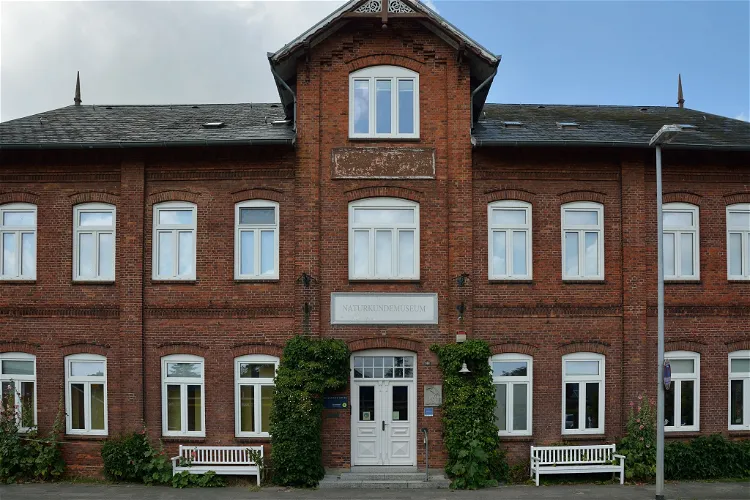
Naturkundemuseum Niebüll
NiebüllThe Naturkundemuseum Niebüll, which opened its doors in 1980, is situated in the quaint town of Niebüll, located in the far northwest of Schleswig-Holstein. This museum serves as a cross-border German-Danish interactive museum, showcasing the regional nature on both sides of the border. It is an official National Park Station, making it a significant point of interest for nature enthusiasts.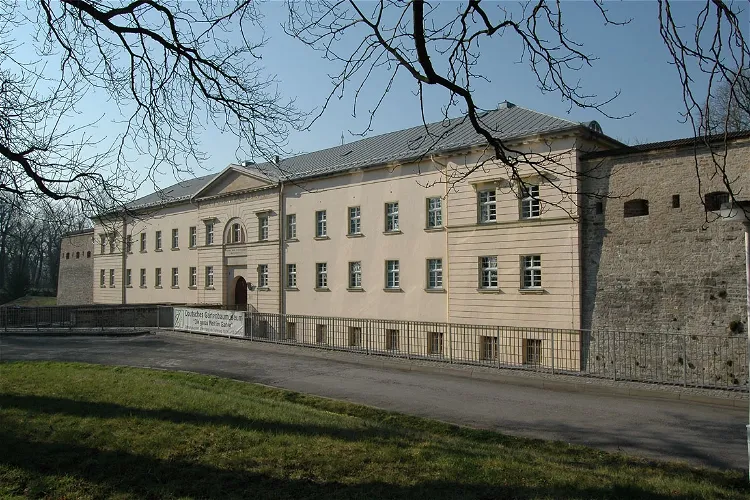
Deutsches Gartenbaumuseum
ErfurtThe Deutsches Gartenbaumuseum is situated in the historic Defensionskaserne of the Cyriaksburg Citadel, within the grounds of the Erfurt Horticultural Exhibition, Egapark. This location not only provides a rich historical backdrop for the museum but also situates it within a vibrant horticultural environment, making it an interesting destination for those interested in gardening and horticulture.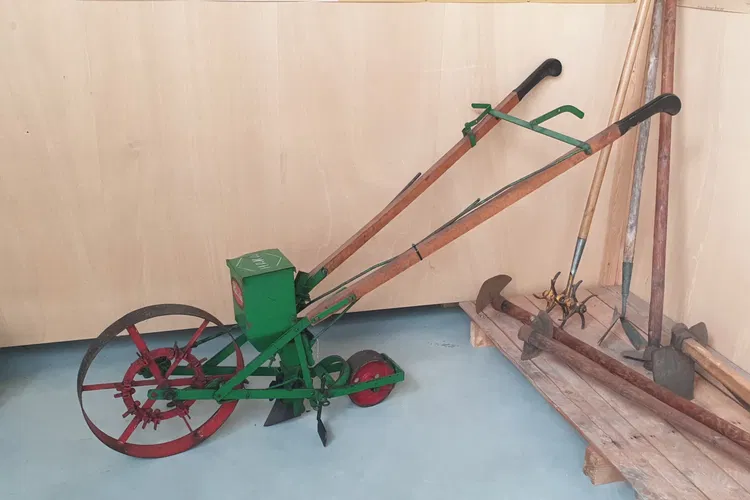
Museum der Gartenkultur
IllertissenThe Museum der Gartenkultur in Illertissen is a non-state museum that houses around 10,000 exhibits related to the history of garden culture. This makes it the largest museum of its kind in Germany. Visitors can explore a wide range of exhibits that provide a comprehensive understanding of garden culture.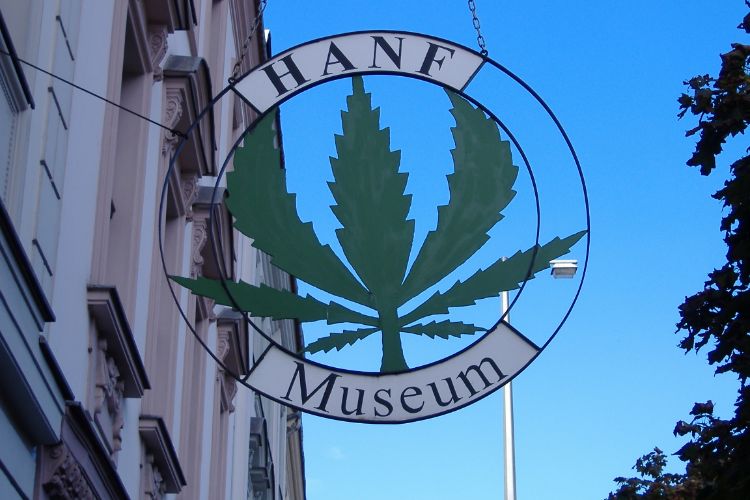
Hemp Museum Berlin
BerlinThe Hemp Museum Berlin (Hanf Museum Berlin) is the only museum in Germany that houses a permanent exhibition on the hemp plant. The exhibition covers approximately 250 m² and depicts everything related to hemp. The harvest and the processing of hemp are described from a historical point of view, in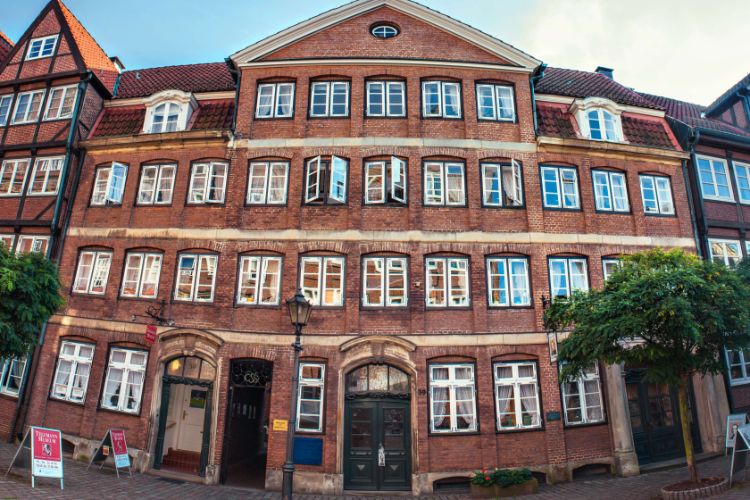
Telemann Museum
HamburgThe Telemann Museum is a museum dedicated to the classical composer Georg Philipp Telemann.The museum is located in a historical building where the composer lived and worked from 1721 until 1767 when he died. The exhibitions in the Telemann Museum focus on his life, including his passion for his bot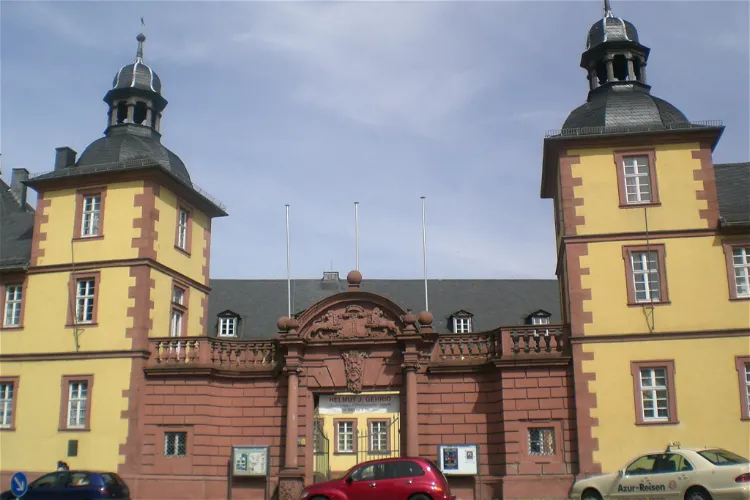
Natural History Museum of Aschaffenburg
AschaffenburgThe Natural History Museum of Aschaffenburg is situated in the historical Schönborner Hof in Aschaffenburg, Bavaria, Germany. This location adds a historical charm to the museum, making it a unique place to explore the natural history of the region.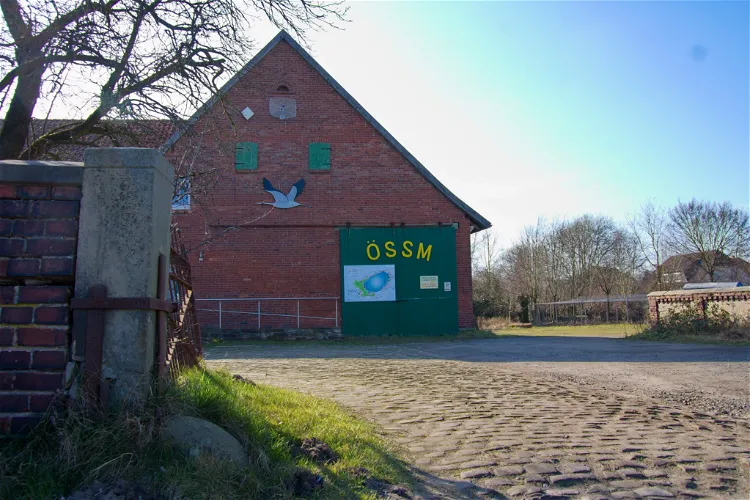
Ökologische Schutzstation Steinhuder Meer (ÖSSM)
Rehburg-LoccumThe Ökologische Schutzstation Steinhuder Meer (ÖSSM) is a regional nature conservation organization situated at Steinhuder Meer in Rehburg-Loccum. Established in 1991, the organization has been dedicated to the protection and conservation of the local flora and fauna. It is a great place for tourists who are interested in nature and conservation efforts.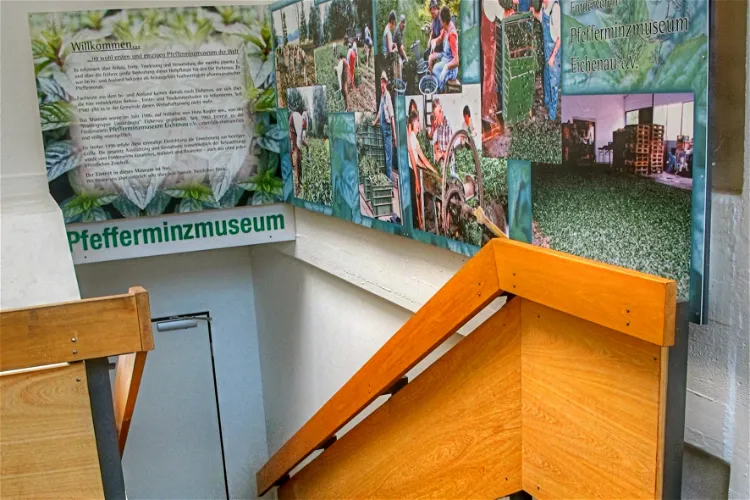
Pfefferminzmuseum Eichenau
EichenauThe Pfefferminzmuseum Eichenau, the only Peppermint Museum in Germany, is situated in the municipality of Eichenau near Munich. It is housed in the premises of the former municipal library, located in the eastern part of the district of Fürstenfeldbruck. This unique museum offers a deep dive into the world of peppermint, its cultivation, and its history.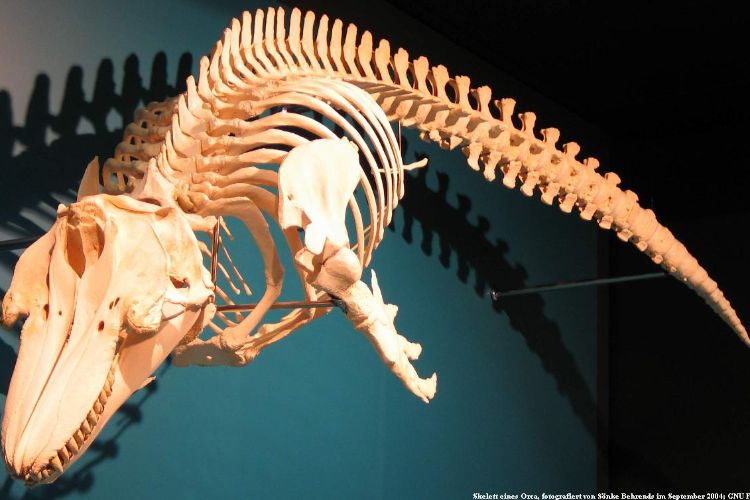
Zoologisches Museum
HamburgThe Zoological Museum houses extensive collection of scientifically important zoological material. The museum features over ten million scientific objects divided into nine research collections.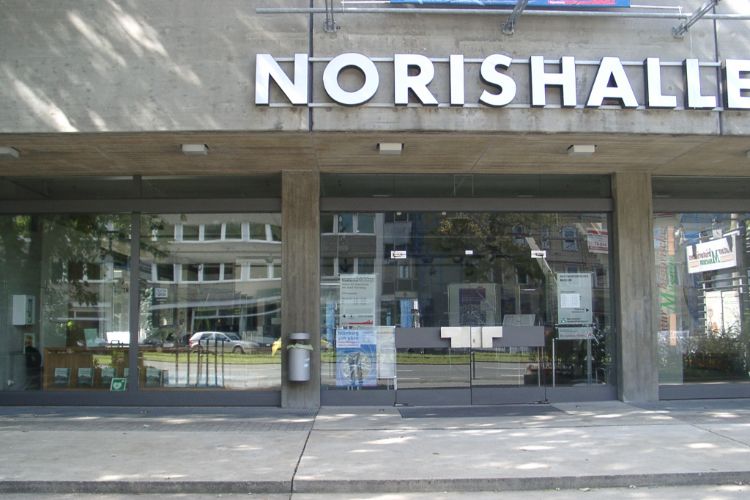
Natural History Museum
NurembergThe Natural History Museum in Nuremberg exhibits parts of the collections of the Natural History Society Nuremberg. The permanent exhibition in the Natural History Museum in Nuremberg covers the areas: ethnology, prehistory, archeology of Jordan, karst and speleology and geology. Zoology, entomology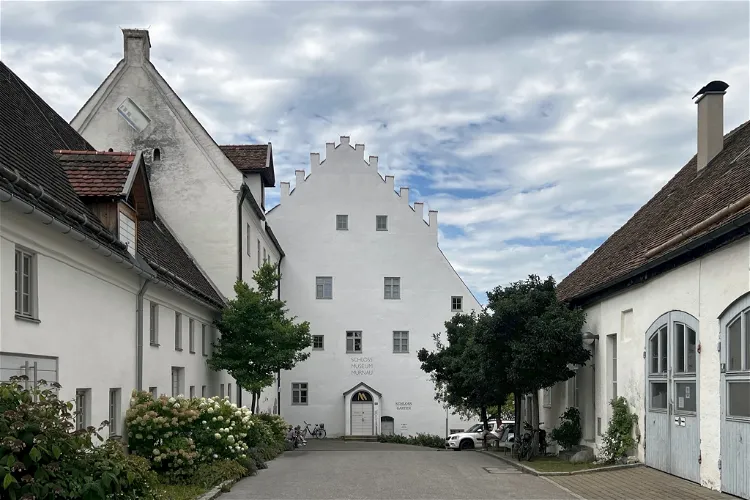
Schlossmuseum Murnau
Murnau am StaffelseeThe Schlossmuseum Murnau is a museum situated in the Bavarian town of Murnau am Staffelsee. It is housed in the Murnau Castle, a structure with a rich history dating back to the Middle Ages. The museum is part of the MuSeenLandschaft Expressionismus, a network of museums dedicated to the Expressionist art movement.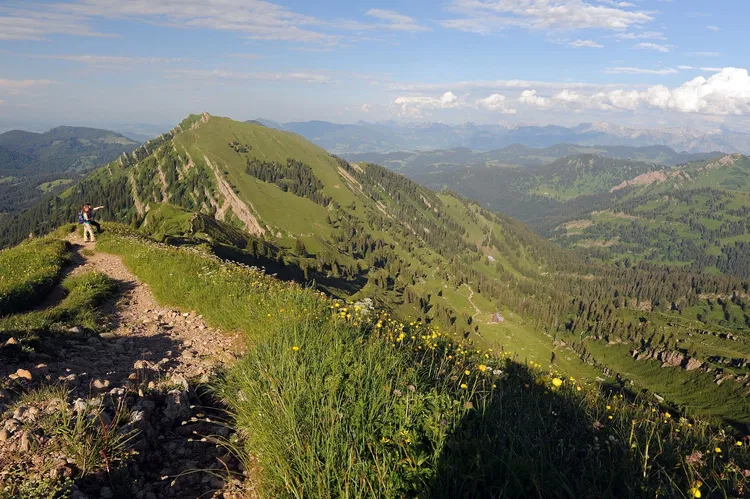
Nagelfluhkette Nature Park
Immenstadt im AllgäuThe Naturpark Nagelfluhkette is a unique cross-border nature park that spans between the German region Allgäu and the Austrian state Vorarlberg. This park is the first of its kind, bridging two countries and offering a diverse range of landscapes and natural beauty. It covers a significant part of the Allgäu Prealps west of the Iller and extends from Immenstadt and the western slopes of the Illertal in the east to the Hirschbergzug in the west. The park's southern border is marked by the Bregenzer Ach, Hirschgundtal, and Rohrmoostal near Oberstdorf, extending to the slopes of the Hochifen.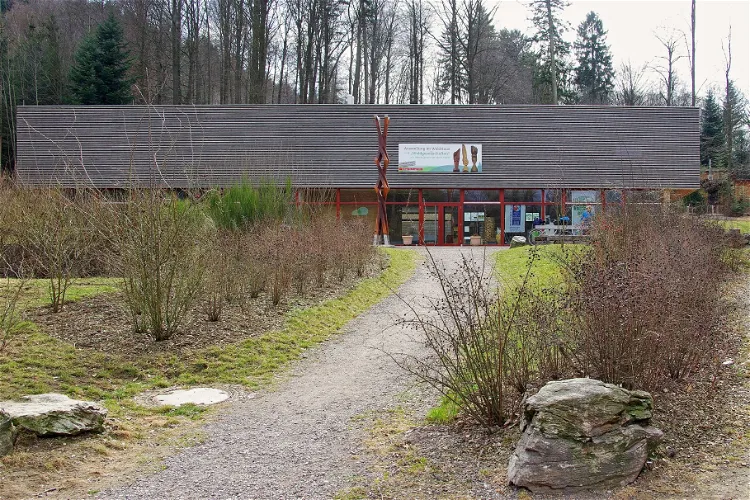
Waldhaus
Freiburg im BreisgauWaldhaus Freiburg is an environmental education facility located in Freiburg im Breisgau. It was established in 2005 as a means to compensate for the loss of approximately 23 hectares of forest due to the construction of the Eichelbuck landfill in 1970. The facility aims to educate people about the ecosystem of the forest and promote sustainable use of forests.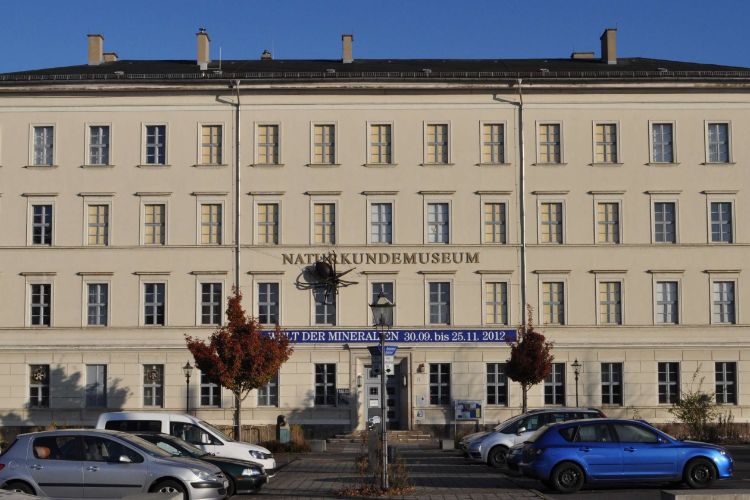
Naturkundemuseum
LeipzigThe Naturkundemuseum is a natural history museum in Leipzig with geological-paleontological, botanical, zoological and archaeological collections. The museum includes the insect collection of Alexander Julius Reichert. The collections contain a large number of scientifically valuable exhibits. Among- 49
Natur- und Landschaftsmuseum
Bad MünstereifelThe Natur- und Landschaftsmuseum is situated in the historic town of Bad Münstereifel, in the Euskirchen district of North Rhine-Westphalia. It is housed in the Werther Tor, a part of the town's completely preserved and walkable fortifications. This location adds a unique historical charm to the museum, making it an interesting destination for tourists. - 50
Apothekenmuseum
HofgeismarThe Apothekenmuseum Hofgeismar is a unique museum dedicated to the history of pharmacy. It is located in Hofgeismar, in the Kassel district. The museum is housed in the city's second oldest building, known as the 'Stone House', which adds to its historical charm. The museum showcases 350 years of pharmacy history, providing a deep insight into the evolution of the pharmacy profession and practices over the centuries. 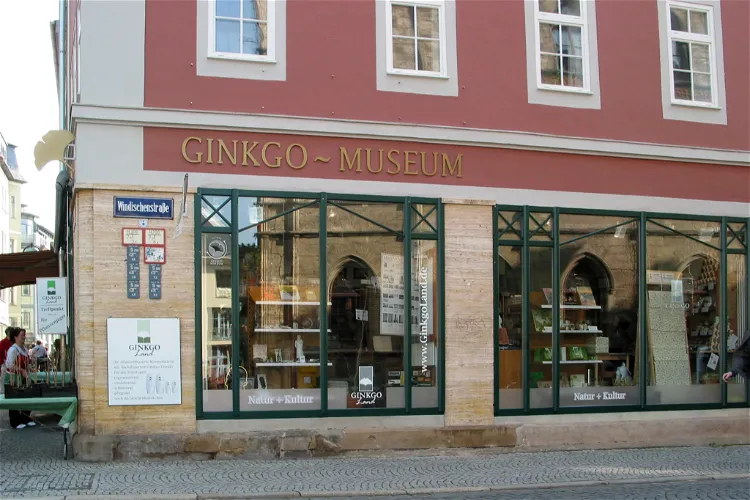
Ginkgo-Museum
WeimarThe Ginkgo Museum in Weimar is a unique institution dedicated to the study and promotion of ginkgo plants, with a special emphasis on the living representative Ginkgo biloba. The museum explores the cultural history of this ancient plant and its various uses in different fields, including cooking, cosmetics, and medicine. It's a privately owned museum, established in 1998 by the family of Stefanie and Heinrich Georg Becker, who have been involved in the trade of ginkgo products since 1992.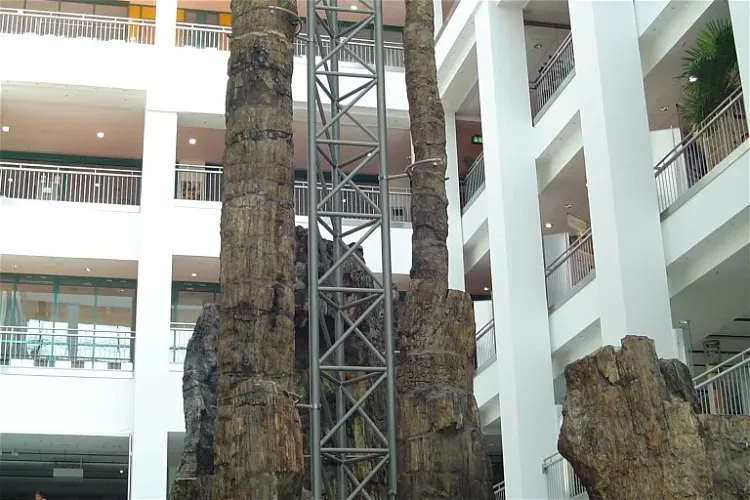
Museum für Naturkunde
ChemnitzThe Museum für Naturkunde Chemnitz, established in 1868, is a natural history museum situated in Chemnitz, Saxony. It is home to a vast collection of over 300,000 exhibits. Among these are the Sterzeleanum, a historical cabinet, and the Insectarium. The museum also hosts rotating special exhibitions, providing visitors with a variety of experiences and insights into the natural world.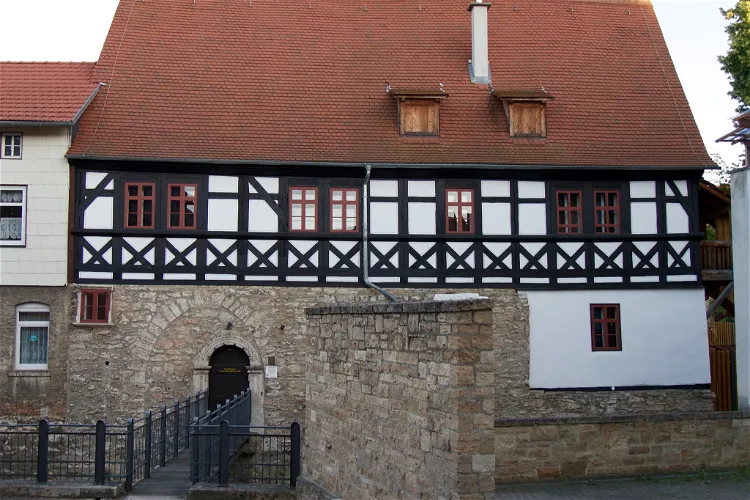
Thuringian Pharmacy Museum in Rosenthal
Bad LangensalzaThe Thuringian Pharmacy Museum, located in Bad Langensalza, is a unique collection of pharmacy history. Since May 18, 2014, it has been housed in one of the oldest half-timbered houses in the city, the Rosenthal House. This provides a unique setting for the museum, adding to the historical significance of the collection.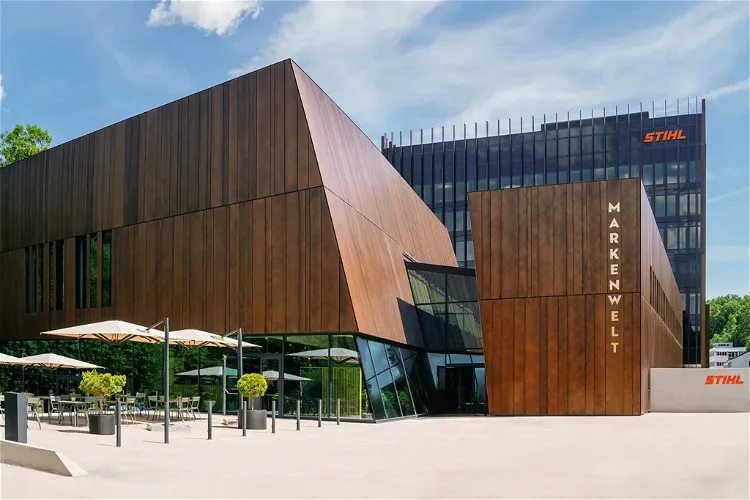
STIHL Brand World
WaiblingenIn addition to the company history and STIHL's product innovations, the STIHL brand world shows the importance of forests and forestry for the global society on an exhibition area of 1 500 square meters. On three different levels, interactive and multimedia explanation modules provide the visitors w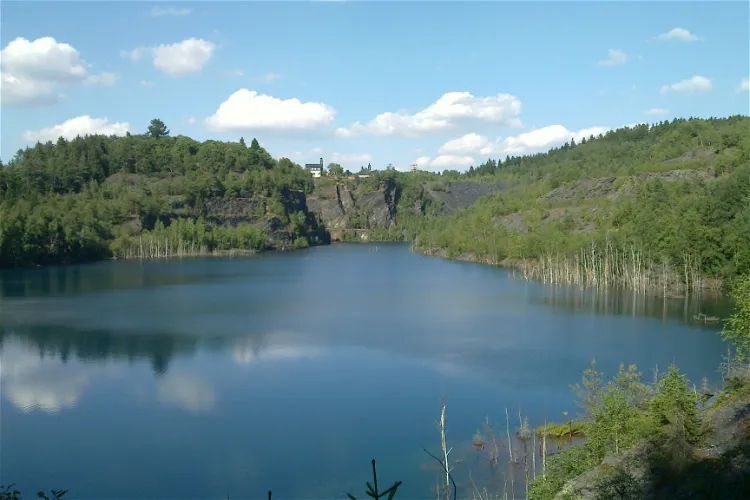
Schieferpark Lehesten
LehestenThe Thuringian Slate Park Lehesten, located in the mountain and slate town of Lehesten in the Thuringian district of Saalfeld-Rudolstadt, is a historical slate open-cast mine. Today, it stands as a technical monument, showcasing its unique functional buildings that have been preserved over the years.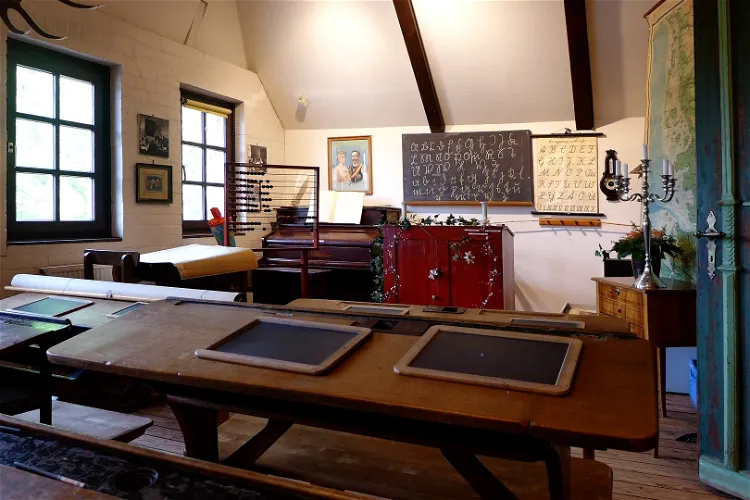
Stormarnsches Dorfmuseum
HoisdorfOperated by dedicated volunteers, the Stormarnsche Dorfmuseum serves a dual purpose. It is a local museum for the residents of Hoisdorf and nearby communities, and it also stands as a representation of the rural culture of Northern Germany. This makes it a valuable destination for those interested in understanding the region's cultural heritage.